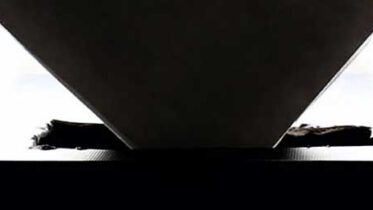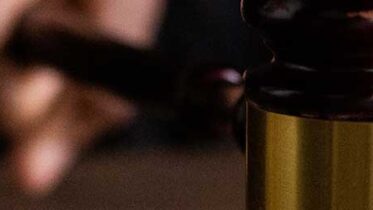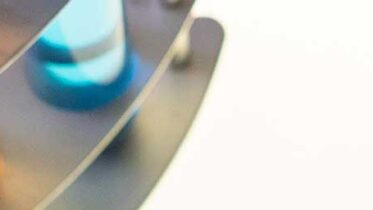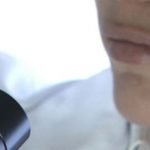Universities in Colombia: to disclose or to protect a technology?
- 30 May 2014
- Articles
Some Universities believe in the idea of publishing their technical developments as a milestone before actually developing and protecting their invention.
However, the question is how to protect and moreover which strategy to follow with the technological developments created by the university staff, to obtain an economic exploitation.
Frecuently, after the development has been published by the researchers in indexed journals, international forums, conferences and other forms of disclosure, a company becomes to be interested in this technology. Probably, that company will try to arrange an agreement to obtain a licit use of it. Unfortunately, the scenario usually found is that, the negotiated technology, although it is excellent, is divulged with no legal protection.
This is the moment in which the universities usually try to “rescue” their economic rights in relation to the development. These rights represent an income that compensates the financial and scientific efforts invested in said technology.
In Colombia, patentability requirements are not taken into account at the time that a development must be protected. These requirements are necessary to be fulfilled both in Colombia and other countries. One of them is the novelty, which consists in the absence of the invention in the state of the art. The previous publications mentioned above, that were made by the universities, will directly affect this requirement.
However, it is necessary to take into account that there is a legal protection in Colombia in which the state of the art will not be affected if the application for the patent protection is filed within the next year that such invention was published.
Therefore, universities have a grace period of one year to file the application and obtain the rights of the invention. However, the grace period is not laid down in all countries. Consequently, it is always necessary to analyze the possible strategies to enter into other regions where the owner of the invention may be interested to protect their rights.










